TAISM Common Unit Template - Educator Planning Tool

Hello, let's plan your unit using the backwards design model!
AI-powered Curriculum Planning
What learner profile attributes (transdisciplinary transfer goals) will be addressed in this unit?
What disciplinary transfer goals will be addressed in this unit?
What are specific unit based standards will be addressed in this unit?
What formative assessment tasks will help students understand their progress?
What summative performance tasks will show student understanding of the unit goals?
Using Karin Hess’s concepts of learning progressions, write me 5-6 chunks for this learning target (unit learning target) using the AERO common core standards.
For each learning chunk write an I can statement and success criteria.
For each learning chunk suggest strategies, tasks, and / or activities to support student understanding.
Get Embed Code
Introduction to TAISM Common Unit Template
The TAISM Common Unit Template is designed as a comprehensive framework to aid educators in developing well-structured, standards-aligned unit plans using a backwards design model. The primary goal is to enhance student learning by focusing first on the desired results, then determining assessment methods, and finally planning the instructional approach. This methodology ensures that all elements of the unit are intentionally aligned to the learning objectives, standards, and students' needs. For example, in planning a unit on ecosystems for a middle school science class, the template would guide the teacher in identifying key concepts and skills students need to understand and master, developing assessments that accurately measure student understanding, and designing engaging activities that support learning and application of these concepts. Powered by ChatGPT-4o。

Main Functions of TAISM Common Unit Template
Guiding Question and Unit Title Development
Example
Creating a central question like 'How do ecosystems sustain life?' to guide a biology unit
Scenario
This function aids in establishing a clear, overarching theme for the unit, ensuring that all learning activities are cohesive and aligned towards a central inquiry.
Identification of Key Standards and Desired Results
Example
Highlighting relevant Next Generation Science Standards for an environmental science unit
Scenario
Facilitates the alignment of the unit with educational standards and clarifies the knowledge and skills students are expected to acquire.
Design of Assessments
Example
Developing rubrics and linking to exemplars for a project on renewable energy sources
Scenario
Supports the creation of meaningful assessments tailored to measure the specific outcomes outlined in the unit plan, including formative and summative assessments.
Learning Activities Planning
Example
Listing resources like videos, websites, and interactive simulations on climate change
Scenario
Assists in the curation and organization of instructional materials and activities that foster engagement and support the achievement of the unit's learning goals.
Ideal Users of TAISM Common Unit Template Services
Educators
Teachers and curriculum developers across all grade levels and subjects who aim to create coherent, standards-aligned unit plans that effectively guide students towards achieving desired learning outcomes. They benefit from the structured approach to unit design, ensuring all educational components are purposefully aligned.
Instructional Coaches
Instructional coaches and educational consultants who support teachers in enhancing their instructional design and classroom delivery. The template serves as a tool for facilitating professional development and improving teaching strategies.

How to Use TAISM Common Unit Template
Step 1
Start by visiting yeschat.ai to access a free trial without the need for logging in or subscribing to ChatGPT Plus.
Step 2
Familiarize yourself with the TAISM Unit Planning Criteria, which outline the essential components of a comprehensive unit plan, including guiding questions, desired results, final assessments, and learning activities.
Step 3
Utilize the template to draft your unit plan, ensuring to incorporate 1-3 Learner Profile attributes and Disciplinary Transfer Goals, key standards, and a clear assessment strategy.
Step 4
Organize and link resources, assessments, and student materials within the unit plan, following best practices for sharing and accessibility within your educational institution.
Step 5
Review and refine your unit plan for coherence and alignment, ensuring that learning activities progress logically towards the desired results and that all components are clearly linked and accessible.
Try other advanced and practical GPTs
Swift Unit
Automate Swift testing with AI-powered efficiency.
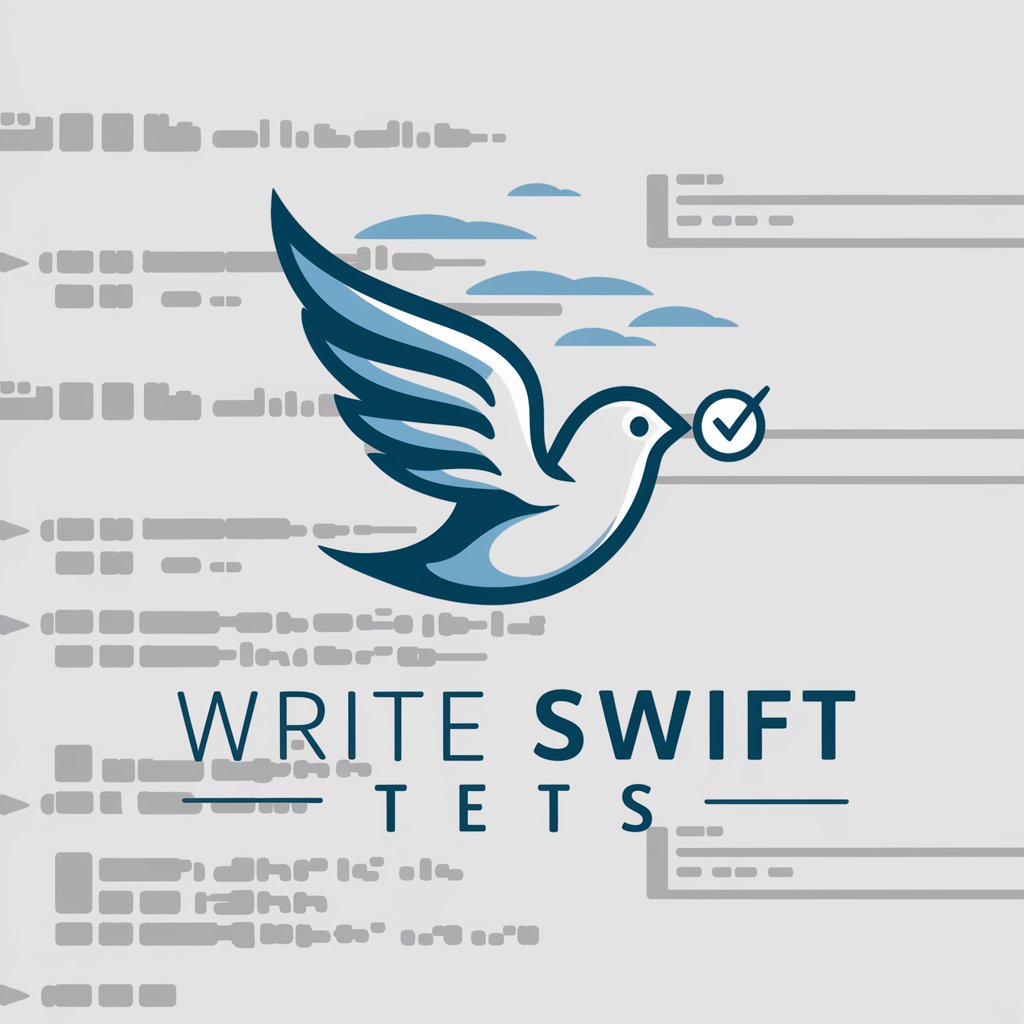
Unit Architect
Architecting Precision in Kotlin Measurement
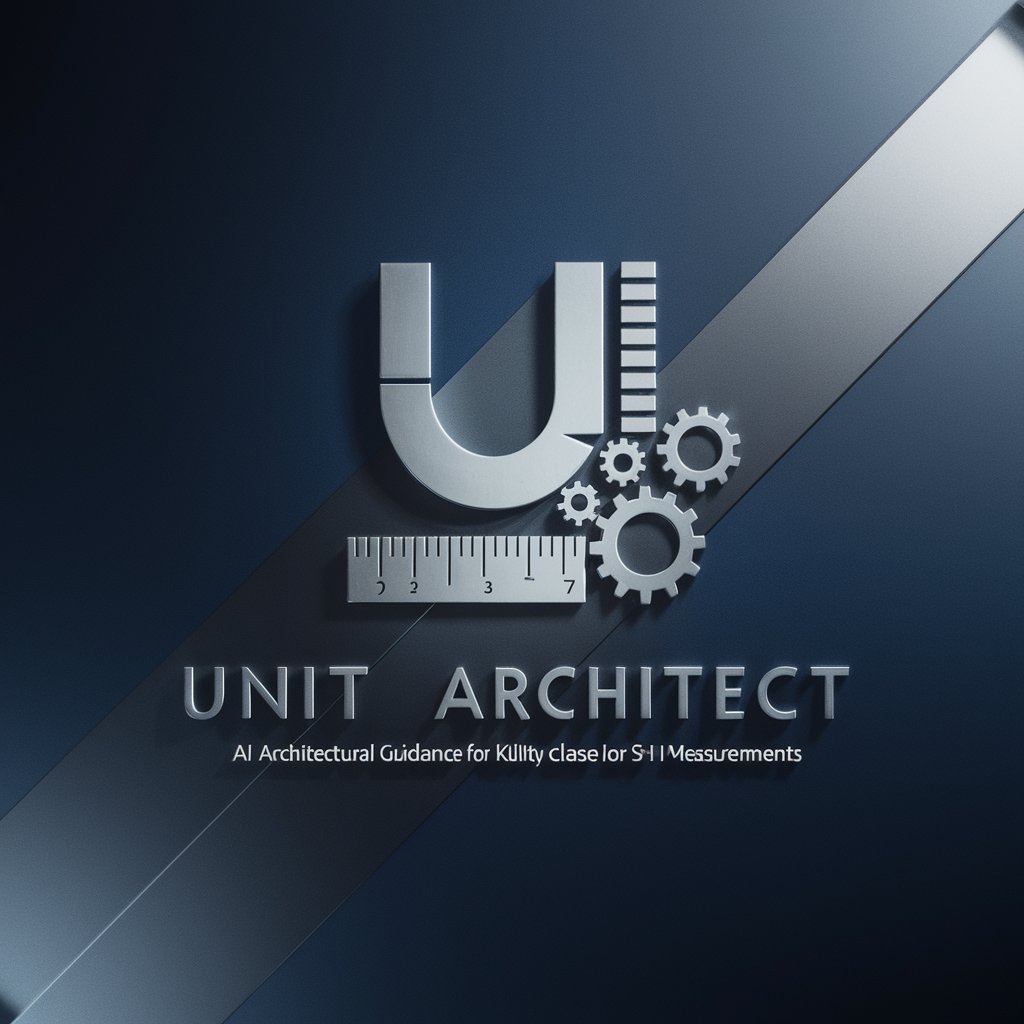
Style Muse
AI-Powered Style at Your Fingertips

Style Scholar
Elevate Your Writing with AI-Powered Insights
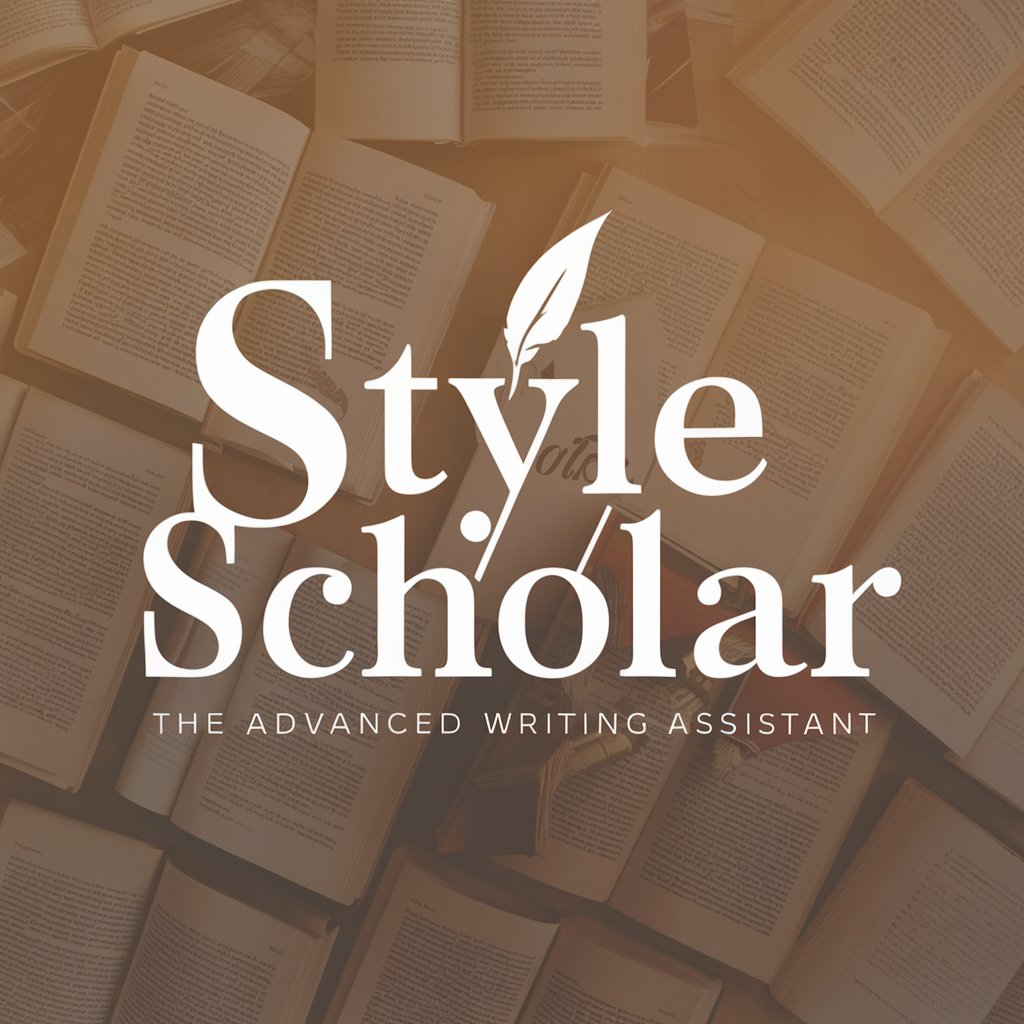
Style Muse
Your Pocket Personal Stylist, AI-Enhanced

Style Savvy
AI-Powered Personal Stylist at Your Fingertips
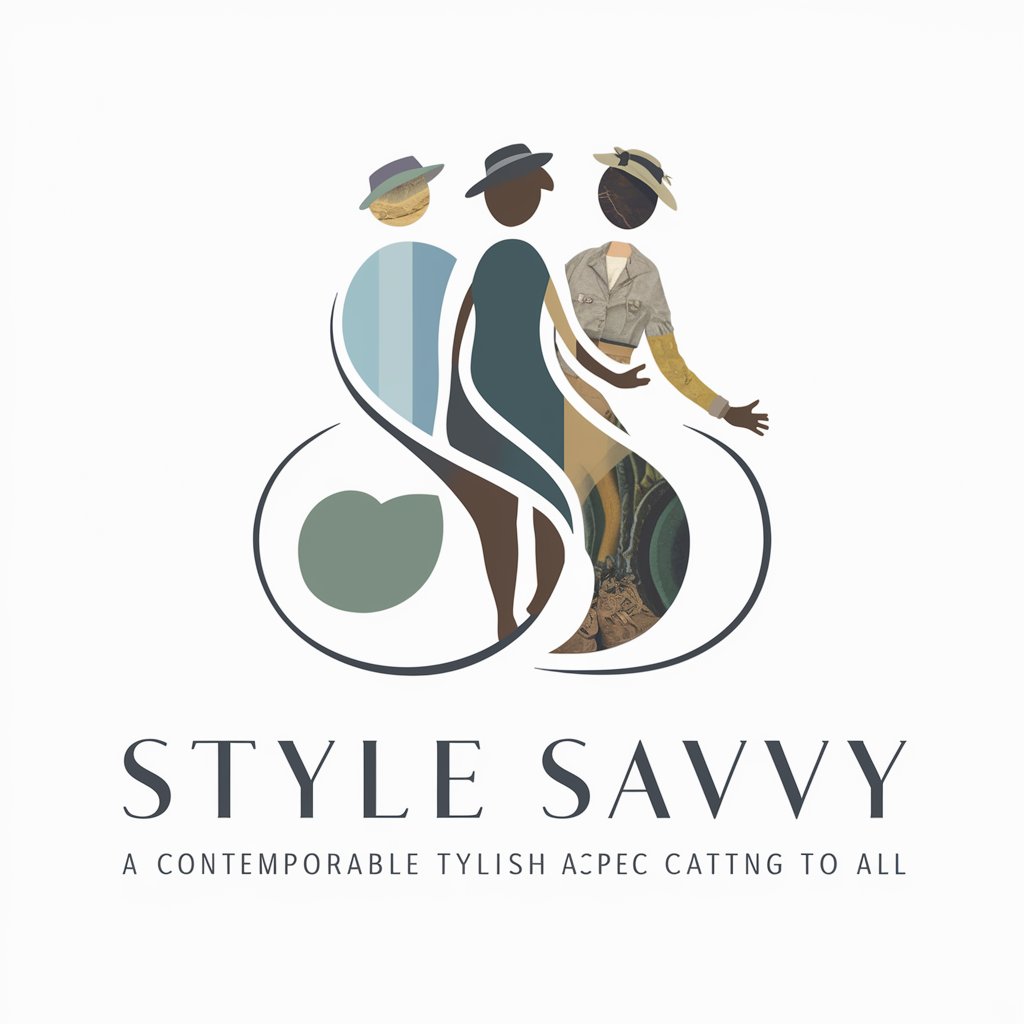
Unit Converter Pro
Transforming Measurements with AI Precision
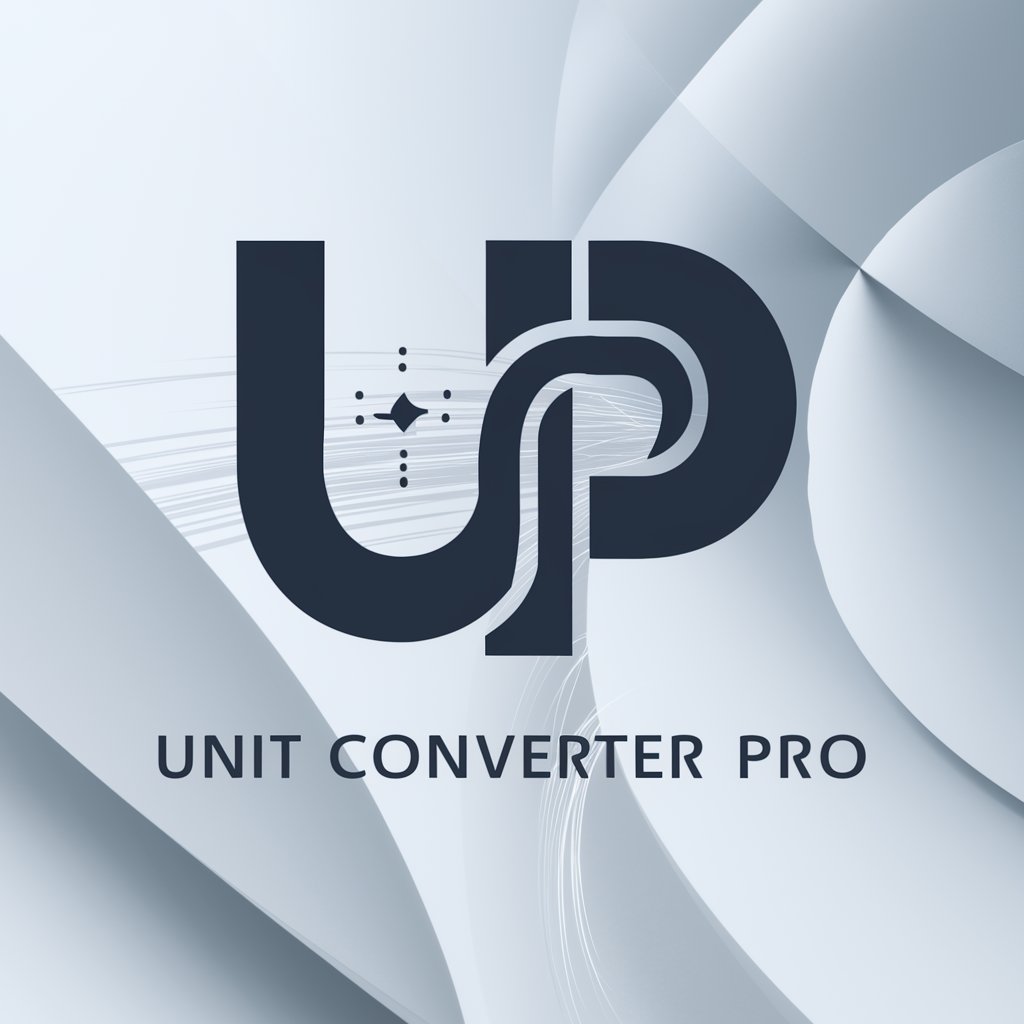
Angular Unit Test Spec Builder
Automate Your Angular Tests with AI

Unit Tester
Automate your C# test creation with AI

Job Matchmaker
Empowering Your Career Path with AI

Job Matchmaker
Empower Your Job Search with AI

Job Scout
Empowering Your Career Journey with AI

Q&A About TAISM Common Unit Template
What is the purpose of the TAISM Common Unit Template?
The TAISM Common Unit Template is designed to assist educators in developing comprehensive, standards-aligned unit plans using a backwards design model, focusing on desired results, assessment strategies, and learning activities.
How do I ensure my unit plan meets all necessary criteria?
To ensure your unit plan meets necessary criteria, reference the TAISM Unit Plan Criteria document, which outlines essential components such as guiding questions, learner profile attributes, and clear pathways for learning progression.
Can I use the template for any subject area?
Yes, the TAISM Common Unit Template is versatile and can be adapted for any subject area. It encourages the integration of disciplinary standards and learner profiles relevant to the specific content area.
How do I share my unit plan with others?
Unit plans should be housed in the Curriculum Shared Drive, linked in the appropriate 06 folder, and shared with 'TAISM' to ensure accessibility for all stakeholders involved in the educational process.
What are some tips for using the template effectively?
For effective use of the template, start with a clear guiding question, prioritize essential standards and goals, incorporate a variety of assessment methods, and ensure resources and materials are well-organized and easily accessible.
